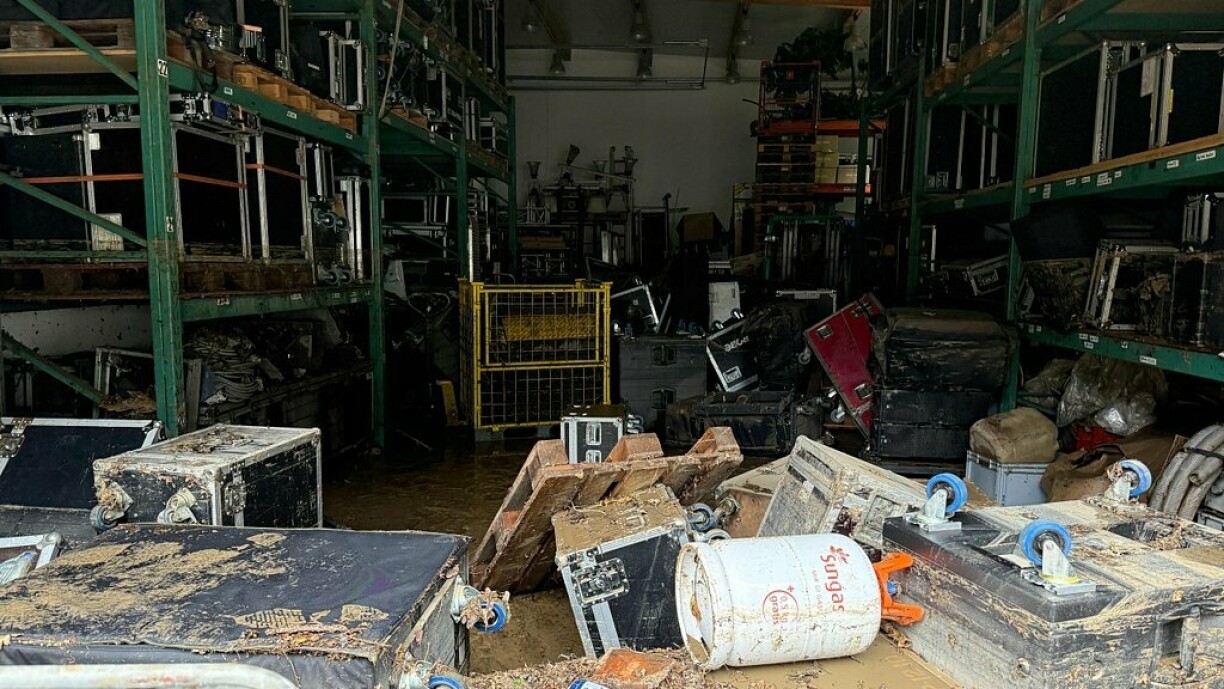
Residents of Val de Hamm, situated between Pulvermuhl and Cents, are levelling strong criticism at the municipality of Luxembourg City following the severe flooding on Monday night. Many inhabitants of the hard-hit area note this is not the first time their homes have been devastated.
The neighbourhood now faces increasingly familiar scenes of destruction: mud and debris coating streets and properties, marking the high-water level of the latest inundation.
Claude Schockmel, a long-time resident, detailed the history of flooding in an interview with our colleagues from RTL Radio. He stated the first major incident occurred in 1999, with water levels reaching 80 cm. This was followed by several floods in the early 2000s. A retention basin was “finally” built in 2008, which Schockmel says was accompanied by municipal assurances that “nothing could ever happen again.”
Despite these measures, floods returned in 2010 with water levels of 1.3 metres, surpassing even that record this week with a high of 1.8 metres. “The more they seal the ground, the more they build, the more problems we have,” Schockmel lamented.
The financial impact is severe. For Schockmel, the damage is twofold: his home is filthy, and equipment for his business is largely ruined. He shares this equipment with Rick Berg. Both own companies that provide staging, sound, and lighting services.
Berg reported that he had stored most of his business assets at the Val de Hamm location. He estimates 90% of it is now destroyed. “That means everything I’ve worked for over the last four years has pretty much gone down the drain,” he said.
The sense of despair is echoed next door at the home of Rosa Dos Reis, where the air carries the potent smell of heating oil. Despite preventative measures taken by her late husband after the last floods – bricking up the garage entrance and building walls along the cellar windows – the water still poured in.
Dos Reis, who first experienced flooding in 2010, stated this event was “much worse” as water entered the main living areas for the first time. “There’s so much damage,” she summarised, “We have no electricity, no heating [...] Everything is broken [...] We have nothing left.” She stressed the council “has to do something,” noting that the area “isn’t even near a river.”
Schockmel expressed deep frustration with the city’s inaction, noting he has been “pushing them for years.” He claims projects are stalled due to disagreements between authorities. “The bottom line is that the project just keeps getting postponed – and we’re still the ones left with the damage,” he said.
He also warned that insurance companies offer little recourse, stating: “You take out insurance for everything, but when something actually happens, there’s no cover.”
For Dos Reis, the disaster has trapped her. Selling her home is not a viable option, after all, “Who would want to buy a house that is constantly being flooded?”
(09.09.2025) 12 rescued from cars in widespread flooding
(09.09.2025)Luxembourg hit by unprecedented rainfall as flood alerts start to lift